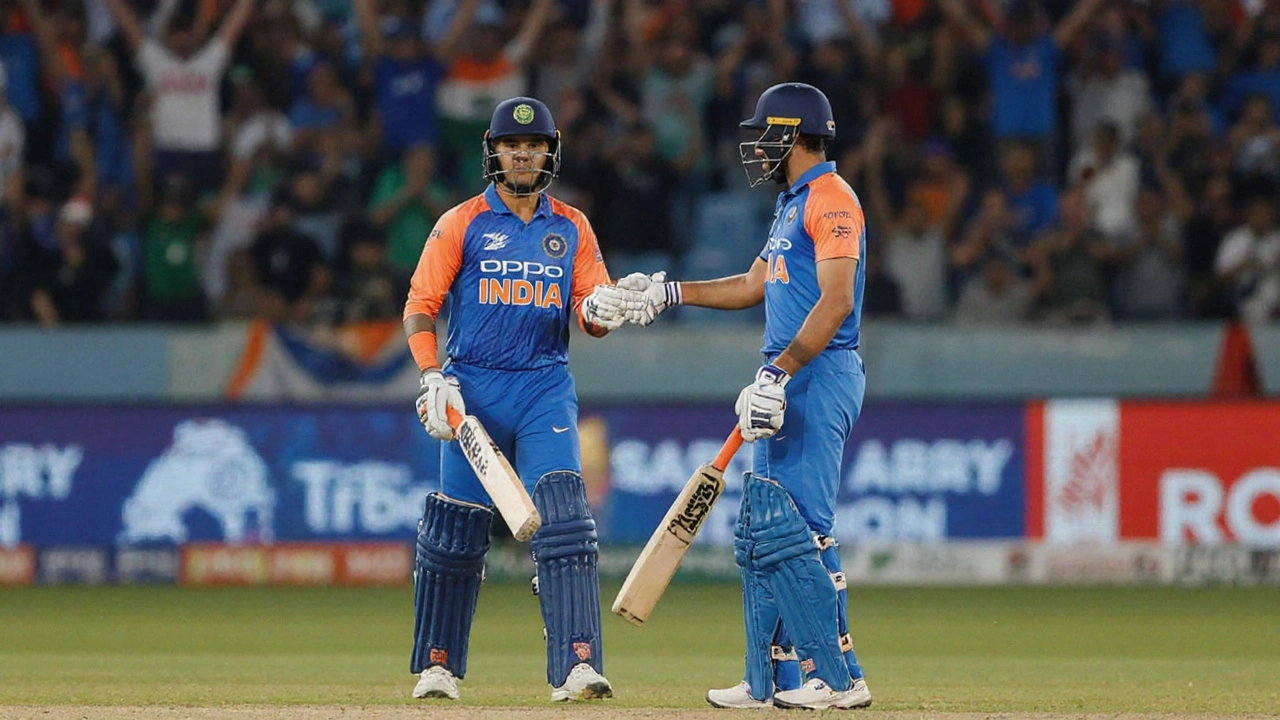India vs Pakistan: What Sets Their Politics Apart?
If you’ve ever wondered why the news talks about India and Pakistan as two very different places, the answer lies in how each country runs its government and runs its elections. Both nations share a border and a history, but their political playbooks could not be more distinct. Let’s break it down in plain terms so you can see the real contrasts without getting lost in jargon.
How the Election Engine Works
India holds the world’s biggest democratic exercise. Every five years, voters in 28 states and 8 union territories go to the polls to choose members of the Lok Sabha, the lower house of Parliament. The process is overseen by the Election Commission of India, an independent body that sets strict rules about campaigning, voting, and counting. Voter turnout often crosses 60%, and the system uses electronic voting machines (EVMs) that make counting fast.
Pakistan’s elections are more fluid. The country has a parliamentary system too, but its schedule can shift because of judicial rulings or military influence. The Election Commission of Pakistan runs the vote, but the military’s role in politics sometimes clouds the picture. Turnout varies widely—sometimes above 50%, other times dipping below 40%—and paper ballots are still common, which can slow down results.
Party Landscape and Power Shifts
In India, you’ll find a mix of national parties like the Bharatiya Janata Party (BJP) and the Indian National Congress, plus dozens of regional parties that dominate state politics. The BJP’s rise in the last decade has reshaped policy, pushing a more nationalist agenda. Meanwhile, the Congress tries to revive its old‑school appeal, but it’s facing an identity crisis.
Pakistan’s political scene revolves around a few big names: the Pakistan Tehreek-e-Insaf (PTI), Pakistan Muslim League‑N (PML‑N), and Pakistan Peoples Party (PPP). Power often swings between these groups, and coalition governments are the norm. Military‑backed leaders occasionally intervene, leading to periods of caretaker governments before elections are called.
Both countries also grapple with issues like corruption, media freedom, and voter education. However, the scale differs: India’s bureaucracy is massive, while Pakistan’s institutions are smaller and sometimes face more direct pressure from the armed forces.
Current Headlines Shaping the Debate
Right now, India is focusing on big infrastructure projects, digital reforms, and a push to make its economy more self‑reliant. The BJP is gearing up for the next general election with a narrative about national security and development. In contrast, Pakistan is dealing with a severe balance‑of‑payments crisis, talks with the IMF, and internal debates about civil‑military relations. The PTI, which won the 2018 election, is trying to keep its momentum amid economic challenges.
These headlines affect everyday life: from the price you pay for fuel to the way your local news reports on border incidents. Understanding the political backdrop helps you read those stories with a clearer lens.
So, whether you’re a student, a voter, or just curious about South Asia, knowing the core differences between India’s massive democratic engine and Pakistan’s more volatile parliamentary setup gives you a stronger grasp of the region’s future. Keep an eye on election dates, party shifts, and how each nation balances civil governance with external pressures—those are the real drivers behind the India vs Pakistan conversation.

Asia Cup 2025 Final: India vs Pakistan Historic Showdown in Dubai
India and Pakistan will meet in the first ever Asia Cup final on September 28, 2025, at Dubai International Stadium. The match kicks off at 8 PM IST, with India unbeaten and Pakistan riding a narrow win over Bangladesh. Key stars from both sides are set to battle in front of a packed arena. Live TV coverage will be on Sony Sports Network, with streaming on Sony LIV and FanCode. Fans are urged to use public transport for the massive crowd expected.